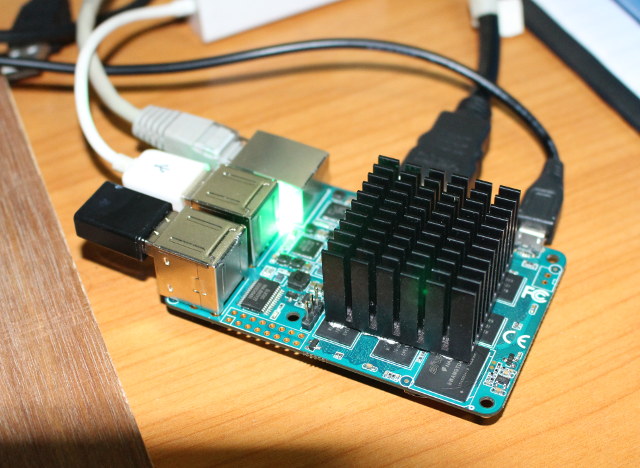MiQi is an upcoming low cost development board powered by Rockchip RK3288 SoC that will sell for $35 with 1GB RAM and 8GB storage, and $69 for the version with a 2GB / 32GB combination. Since Rockchip RK3288 was launched in 2014, most available benchmarks were made on Android 4.4, and since MiQi is the first low cost board based on the processor, other RK3288 based board such as FireFly have not been that popular. So I’ve decided to run updated benchmarks in MiQi both in Android 5.1 and Linux (Lubuntu 14.04), which was easy since a dual boot image is pre-installed. But since I received an early sample without heatsink, I found a spare heatsink added some thermal paste and placed it on top of the processor and partially on RAM and eMMC flash.
 MiQi Board Android 5.1 Benchmarks
MiQi Board Android 5.1 Benchmarks
I ran Antutu both using 1080p60 and 2160p30 video output, and for both output, the system achieved a little over 51,000 points, which remains a good score even today, and better than recent Rockchip RK3368 or Amlogic S905 based devices (35,000 to 38,000 points)
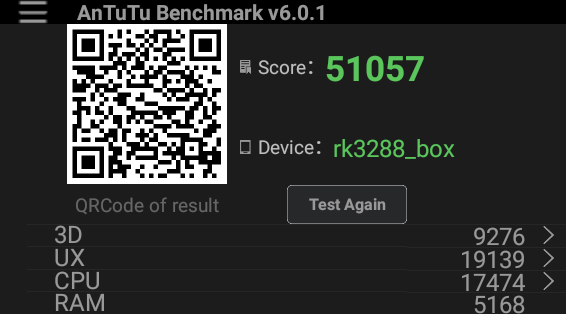 You can get the full details about the score here.
You can get the full details about the score here.
Vellamo Score is also very good with 3308 points for Chrome Browser, 3,021 points for the stock Browser, 2,019 for multicore, and 1,322 points for the Metal test.
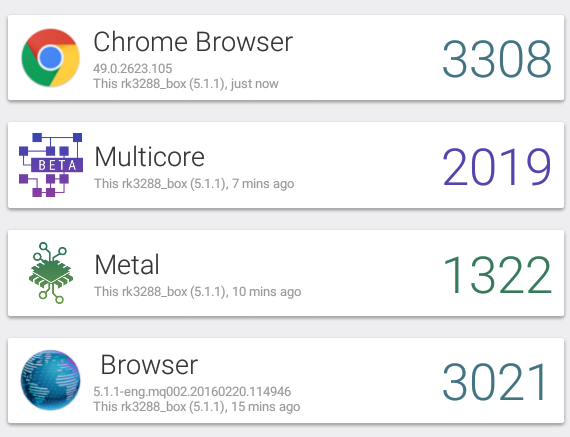 It’s not quite as fast as Xiaomi Mi Box 3 Enhanced, but still offers superior performance (orange bars) compared to most Android TV boxes on the market.
It’s not quite as fast as Xiaomi Mi Box 3 Enhanced, but still offers superior performance (orange bars) compared to most Android TV boxes on the market.
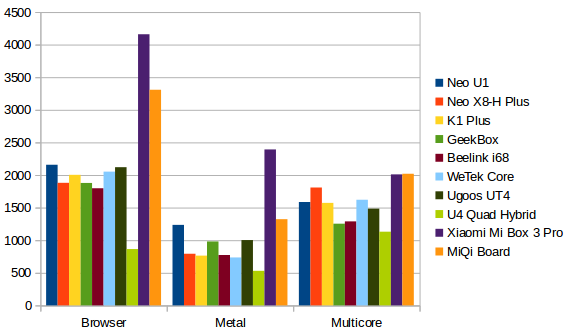 3DMark Ice Storm Extreme is about the same as on Android 4.4 RK3288 devices launched about 18 months ago with 7,758 points.
3DMark Ice Storm Extreme is about the same as on Android 4.4 RK3288 devices launched about 18 months ago with 7,758 points.
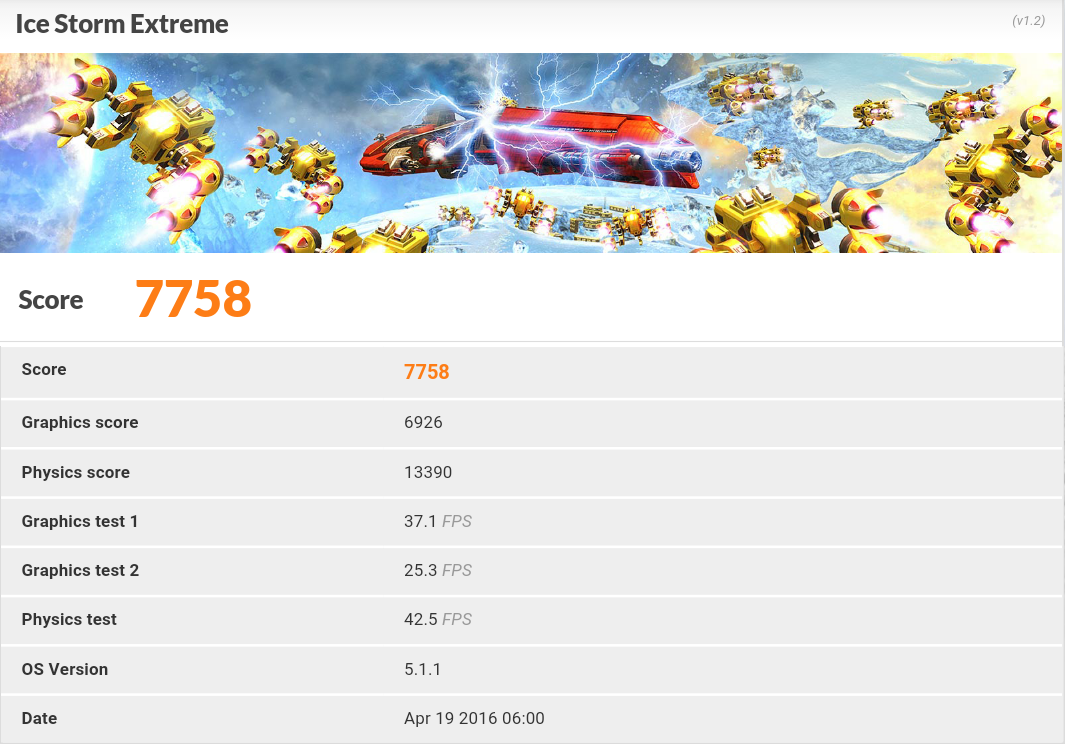
MiQi Board Linux / Ubuntu 14.04 Benchmarks
I’ve installed Phoronix, and repeated the benchmarks run recently on some other developer platforms such as Orange Pi boards, Banana Pi Boards, Raspberry Pi 3, ODROID-C2, ODROID-XU4, and so on.
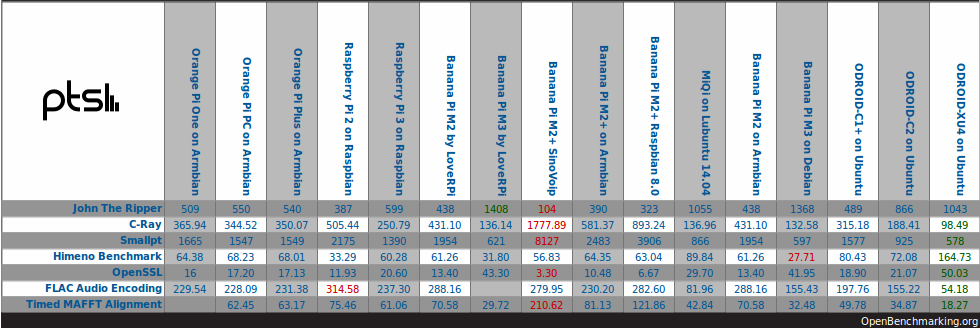
Let’s have a closer look at a couple of benchmarks.
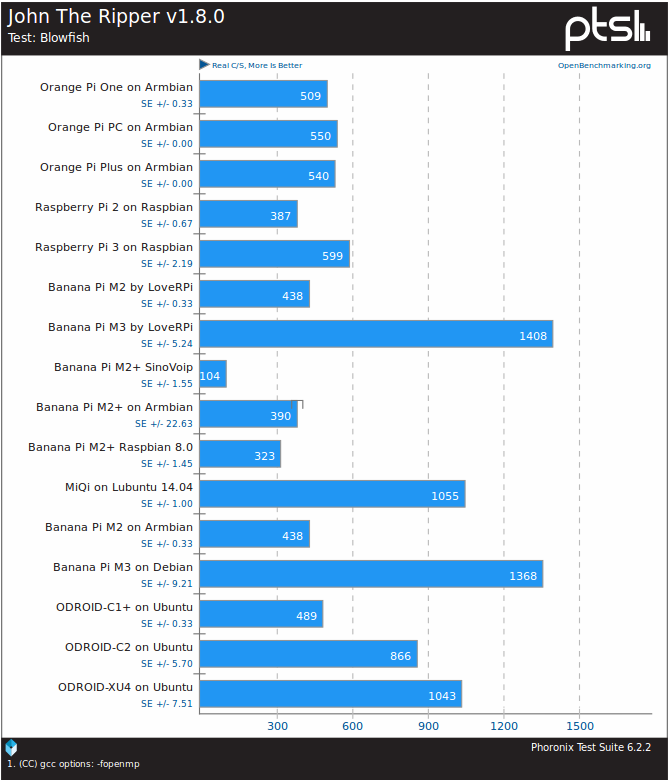 John the Ripper is a password cracker benchmark that makes good of all available cores, and while octa-core boards like ODROID-XU4 and Banana Pi M3 do great, MiQi somehow edges out ODROID-XU4 board.
John the Ripper is a password cracker benchmark that makes good of all available cores, and while octa-core boards like ODROID-XU4 and Banana Pi M3 do great, MiQi somehow edges out ODROID-XU4 board.
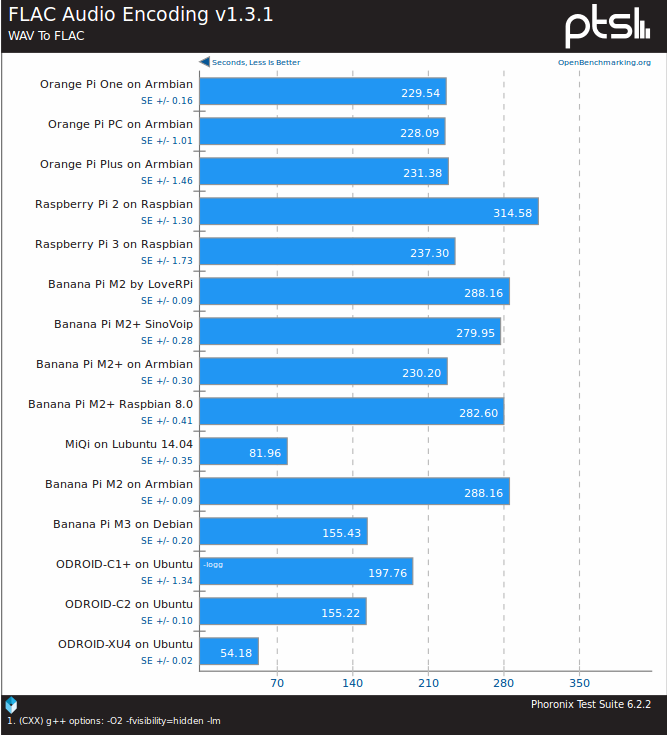 FLAC audio encoding is mostly a single thread benchmark, and here ODROID-XU4 does best, followed closely by MiQi board. The diffference with
FLAC audio encoding is mostly a single thread benchmark, and here ODROID-XU4 does best, followed closely by MiQi board. The diffference with
Full detailed results can be found here.
The results are mostly in line with what to expect in theory, but bear in mind that while Android benchmarks are rather short, and most of the time cooling is not that much of an issue, Phoronix Test Suite benchmarks in Linux may take around one hour to complete, and the heatsink got really hot at some stage (67 degree with IR thermometer) and too hot to leave the fingers on it for more than a few seconds, so it’s quite possible that adding an fan to the heatsink may have yielded slightly better results in some cases.

Jean-Luc started CNX Software in 2010 as a part-time endeavor, before quitting his job as a software engineering manager, and starting to write daily news, and reviews full time later in 2011.
Support CNX Software! Donate via cryptocurrencies, become a Patron on Patreon, or purchase goods on Amazon or Aliexpress


